Conventional Loans

What Is A Conventional Loan?
A conventional mortgage loan is a “conforming” loan, which simply means that it meets the requirements for Fannie Mae or Freddie Mac. Fannie Mae and Freddie Mac are government-sponsored enterprises that purchase mortgages from lenders and sell them to investors. This frees up lenders’ funds so they can get more qualified buyers into homes.
Conventional Loan Requirements
- Down Payment
- Private Mortgage Insurance
- Credit score: In most cases, you’ll need a credit score of at least 620 to qualify for a conventional loan.
- Debt-to-income ratio: Your debt-to-income ratio (DTI) is a percentage that represents how much of your monthly income goes to pay off debts. You can calculate your DTI by adding up the minimum monthly payments on all your debts (like student loans, auto loans and credit cards) and dividing it by your gross monthly income. For most conventional loans, your DTI must be 50% or lower.
It’s possible for first-time home buyers to get a conventional mortgage with a down payment as low as 3%. However, the down payment requirement can vary based on your personal situation and the type of loan or property you’re getting:
If you’re not a first-time home buyer or making no more than 80% of the median income in your area, the down payment requirement is 5%.
If the house you’re buying is not a single-family home (i.e., it has more than one unit), you may need to put down 15%.
If you’re buying a second home, you’ll need to put at least 10% down.
If you’re getting an adjustable-rate mortgage, the minimum down payment requirement is 5%.
If you’re refinancing a conventional loan, you’ll need more than 3% equity. In all cases, you’ll need at least 5% equity. If you’re doing a cash-out refinance, you’ll need to leave at least 20% equity in the home.
A mortgage calculator can help you figure out how your down payment amount will affect your future monthly payments.
If you put down less than 20% on a conventional loan, you’ll be required to pay for private mortgage insurance (PMI). PMI protects your mortgage investors in case you default on your loan. The cost for PMI varies based on your loan type, your credit score and the size of your down payment.
PMI is usually paid as part of your monthly mortgage payment, but there are other ways to cover the cost as well. Some buyers pay it as an upfront fee included in their closing costs. Others pay it in the form of a slightly higher interest rate. Choosing how to pay for PMI is a matter of running the numbers to figure out which option is the cheapest for you.
The nice thing about PMI is that it won’t be part of your loan forever – that is, you won’t have to refinance to get rid of it. When you reach 20% equity in the home on your regular mortgage payment schedule, you can ask your lender to remove the PMI from your mortgage payments.
Loan size: For a conforming conventional loan, your loan must fall within the loan limits set by Fannie Mae and Freddie Mac. The loan limit changes annually.

